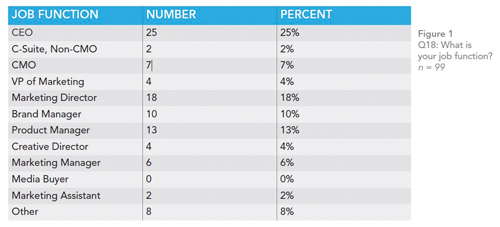 By Glenn Waine
By Glenn Waine
While carrying your smartphone in a case that also contains your wallet with debit card, credit card, driver’s licence and a host of other personal information may offer many benefits — most notably convenience — it may also raise concerns about consumer safety and security.
With the trends towards virtualization of all personal information — including digital driver’s licences that are in the works — that case may soon be your smartphone.
For losing that case or smartphone, or having them stolen, creates a real risk of damage not only from the immediate inconvenience, but also from potential identity theft and fraud in the days and weeks to come.
Yet the instinct is often to prioritize convenience and ease over the constant vigilance we should apply against theft of our personal details. There may be a lack of thought — and action — on how to prevent this type of damage, and it’s a pattern we see repeated online. For those of us who work daily to protect users, data and infrastructure, the vulnerability created by consumers or users will not be news.
Increased awareness of fraud in recent years means that there is a much greater understanding of the steps needed to stay safe and minimize the risks both online and offline. However, there is still a gap between what people know they should do and what they actually do.
Strengthened measures
A consequence of this gap in best practices and actual behaviour is that it can fall to the businesses providing digital services to protect users as they access and use it. This is a complex role where a one-size-fits-all approach doesn’t work. Different age groups, demographics and even individuals have different attitudes and approaches to their data security and their overall use of digital tools and platforms.
Bridging this gap in ideal and actual user behaviour is important for any business that is working to help protect themselves and their users from fraud and other cybersecurity risks. The data naturally created by a person as they interact with digital tools and processes everyday can play a role in keeping consumers safe online, even without them necessarily realizing that.
Device data, biometric information, as well as location and digital identity material, can all help protect an organization’s own networks and digital assets, along with their users. Utilized in association with standard network monitoring and security analytics programs, this information can be used to fuel relatively simple data monitoring systems that flag potential risks and highlight where intervention may be needed.
Previously, tasks like ID checks, staff training to spot suspicious activity and sanctions checks were highly manual: constrained by speed, volume and complexity considerations. But new data techniques can make these protective tasks more efficient.
Analytics challenges
In Canada, companies are amassing volumes of data with the intent of optimizing performance, identifying trends and meeting rising consumer expectations. It’s no surprise that TransUnion’s recent global analytics study with Aite Group found that nearly 65% of Canadian financial services and insurance executives admit they are challenged by the immense amount of data — mobile, clickstream, voice and contact centre data — they have access to.
Businesses understand that rich analytics capabilities are critical to remaining competitive in today’s digital marketplace. While Canadian executives feel challenged by the vast amount of data available to them, they plan to continue investing in new and expanded data sources to enable them to better mitigate risk and meet constantly shifting consumer expectations. Specifically, 77% of marketing executives and 59% of risk executives expect their overall budget for data analytics to increase year-over-year, which could enable their organizations to better understand data to better understand the customer experience.
Where executives are really expressing concern is their ability to integrate the data. Although institutions are now obtaining vast amounts of data at lightning speed, this data doesn’t necessarily integrate into older systems, which could impact companies’ abilities to respond quickly. This is evident in Canada, with only 20% of Canadian firms reporting the ability to integrate new data sources across all their analytic solutions.
These days, everyone expects mobility, agility and availability when it comes to accessing their own information. Though financial service executives are not only challenged by high volumes of data but also their ability to integrate them, they continue to ramp up their data collection to help accommodate public demand: despite the difficulties in putting that data to their most effective use. In fact, 74% of Canadian executives are considering integrating new analytic technology into their platforms over the next two years.
We see clear evidence that some businesses are working to protect consumers and themselves via data intelligence-based tools. However, we need to see much more.
Organization and customer buy-in
Data-based systems such as these rely on two key elements. The most important is the quality of data inputs available and utilized. Without reliable flows of information into the systems, they may miss patterns, may fail to make connections and may fail to achieve their protective potential.
The second is ensuring organizational buy-in for the use of data intelligence and security solutions. This is an area that needs executive-level sponsorship, endorsement and promotion to drive a culture of care and protection for businesses and customers alike.
It could be a difficult change, but unless consumers increase their level of interest and capability in self-protection in the digital world, it’s a change that businesses may be forced to make. The tools are available and so are the data services; anyone with a digital business who is not considering them may be putting themselves, and their customers, at risk.
Glenn Waine is senior director, data science, data strategy and consulting at TransUnion Canada Inc.


